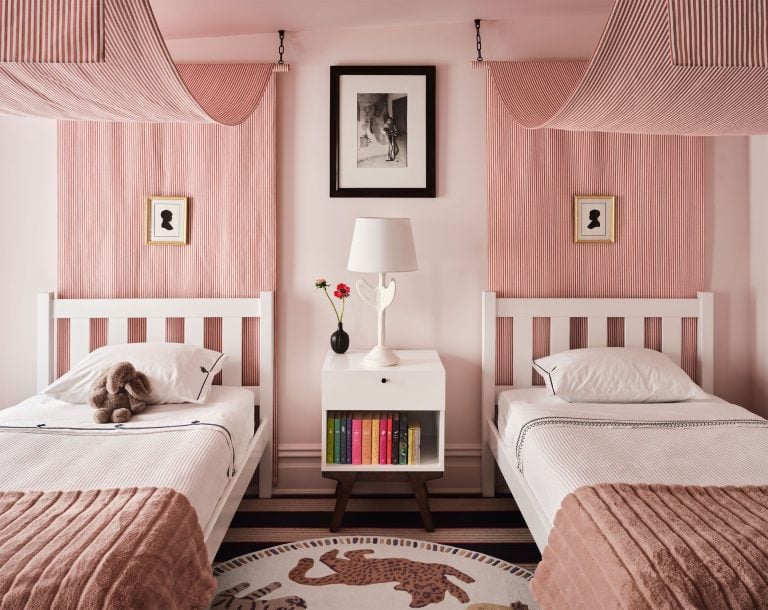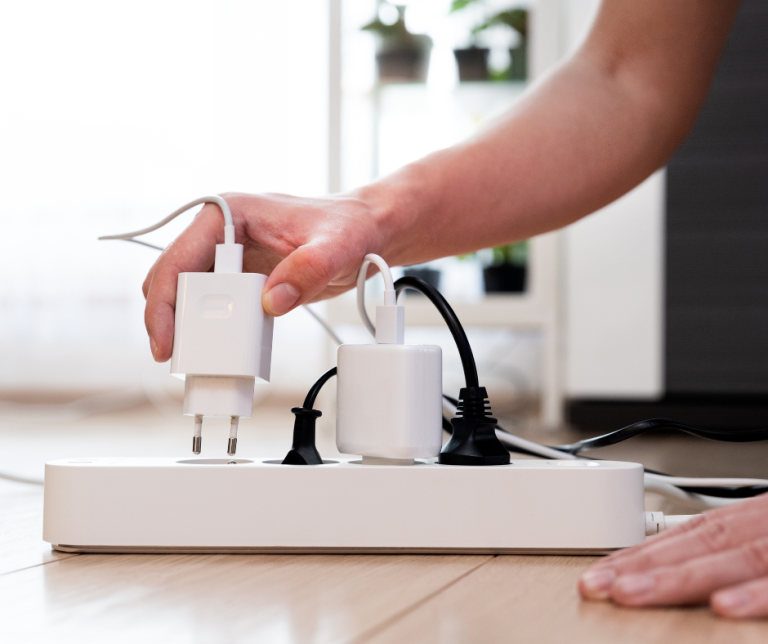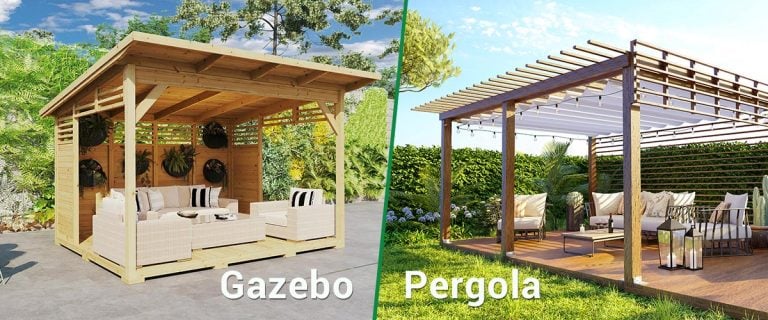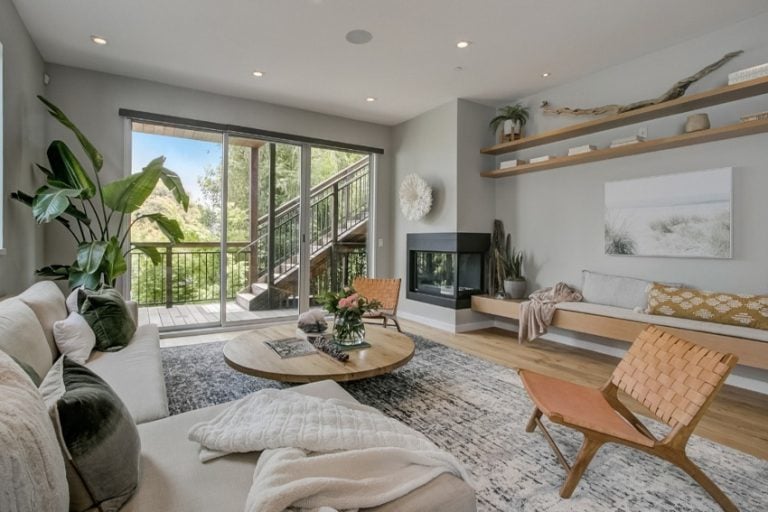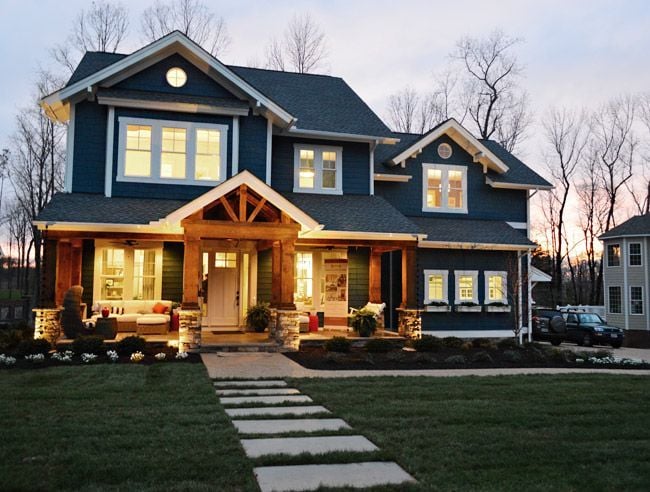Top Tips for Selecting Outdoor Lighting
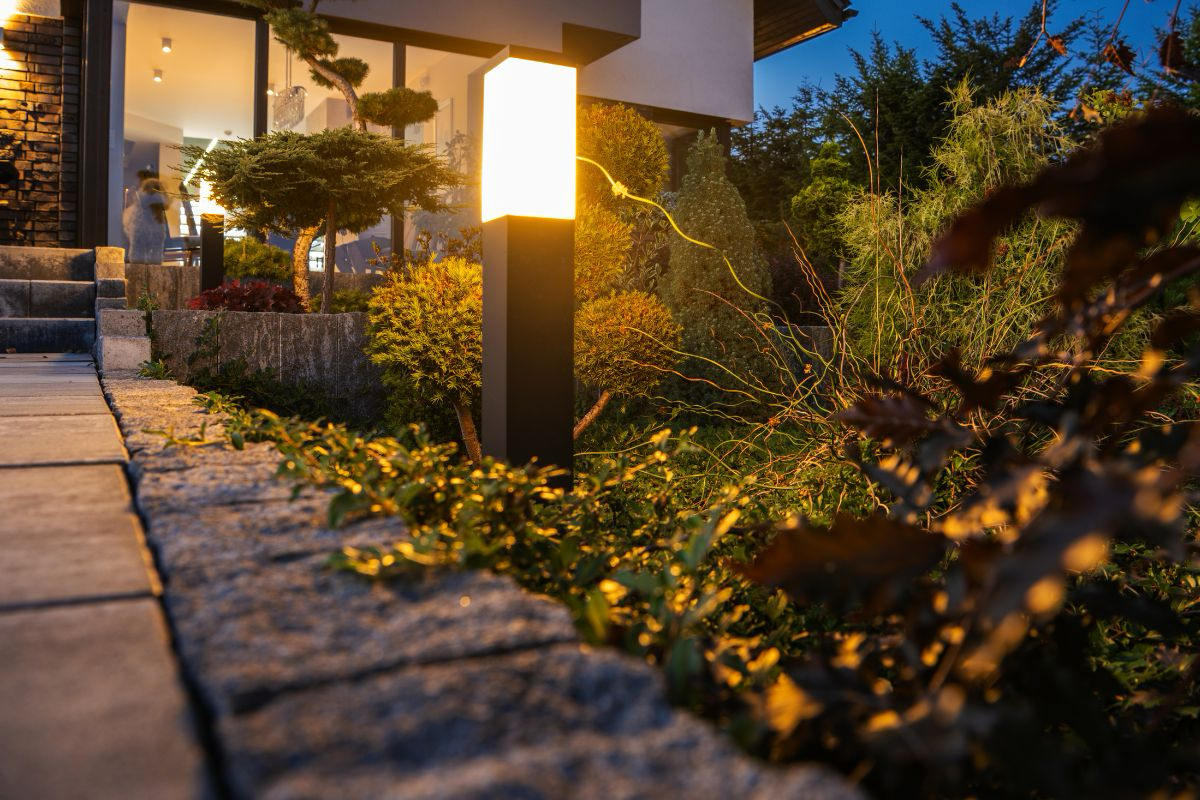
Table of Contents
Outdoor lighting, especially the spotlight, is essential for making your outdoor spaces more functional and attractive, allowing you to enjoy your gardens, patios, and pathways even after the sun has gone down. Be it security enhancement, hosting outdoor events, or making a place welcoming, choosing the best outdoor lighting, including a spotlight, is very important. Suppose you want to buy outdoor lighting, considering functionalities, designs, and energy conversion is needed. Learn what else must be taken into account.
Be it security enhancement, hosting outdoor events, or making a place welcoming, choosing the best outdoor lighting is very important.
If you want to buy outdoor lighting, considering functionalities, designs, and energy conversion is needed. Learn what else must be taken into account.
Evaluate What You Want from Your Lighting
Before picking out light fixtures for your outdoor home, ask yourself what are you trying to achieve.
Think of why you are putting up these lights; maybe you want them for illuminating pathways at night so that people do not hurt themselves while walking outdoors. Define areas which need illumination like doorways, paths, decks and porches in order of importance.
Find Out What Kind of Lighting Techniques Work Best For You
There are various techniques used in outdoor lighting that have different impacts on the environment. These often include:
- Ambient lighting: This type of fixture generally provides uniform illumination over an entire area in the open air, thus creating a warm and inviting atmosphere.
- Task lighting: Focuses light on specific work areas such as cooking spaces outdoors or reading corners, etc.
- Accent lighting: Directed toward architectural structures or features found outside homes, like plants and statues, hence adding interest and drama to one’s backyard.
- Security lighting fixtures: Security lights must highlight all entry points where potential intruders may gain access, including dark spots beside houses’ walls or corridors leading to homes.
Therefore, evaluate your exteriors by determining which lighting technique they need most based on their usefulness, as well as look at them objectively with regard to their surroundings’ beauty too.
Fixtures, Materials, Technology
- Pick suitable fixtures: Do this carefully because if done wrong, then it would make a mockery of all your efforts at sprucing up exteriors through this method.
- Style of the fixture: Being mindful of the architectural design of your house in general and that of outdoor spaces in particular when selecting fixtures is important. Opt for whichever lamps that will match your taste and also blend with what you have set outside hence achieving a good look.
- Materials and resistance: When choosing these items, it is advisable to go for those made from materials like brass or stainless steel since they can withstand bad weather outside as well as last long.
- Lighting technology: You may opt for LED lights that are more energy efficient thus require less power to work compared to incandescent bulbs which are more expensive. According to an individual’s preferences on brightness levels together with color temperature, led lighting offers much room for personalization as well which means it is possible to get the exact type one desires.
Installation and maintenance issues should be taken into account, too; easy wiring connections plus mounting ways make this task even simpler, while simple bulb replacements and cleaning such items only help reduce their maintenance time, making them convenient.
Design Your Lighting Plan
Once you have picked out your fixtures, outline a lighting scheme that specifies where each light belongs. Considerations need to be made regarding:
The directionality of light produced by the fittings, as well as their spread across space, must be carefully managed by deciding on their positioning so that maximum exposure results per unit or angle of radiation are expected.
- Layering and balance: By mixing up all these three types of luminaries, one can find marvelous effects that bring about complicatedness within open-air rooms. Have different kinds of lights then combine them sustainably without necessarily muddling up everything into something unmanageable.
- Lighting zones: Create distinct lighting zones in your outdoor space based on the different purposes and levels of activities, such as entertaining areas, paths, and landscape features. The arrangement of lights should be customized for individual zones while still maintaining a sense of order and uniformity.
Automation and Control
Make use of smart lighting technology to increase comfort, save energy, and enhance safety within your outdoor lighting system. These may include;
- Timers and schedules: Impress the programming of your garden lights, which switch them on or off automatically at preset times, improving security and conserving energy.
- Motion sensors: Install motion detector lamps outside that only come on when there is movement deterring burglars and reducing power wastage.
- Remote control and integration: Through your phone applications or home automation systems you can be able to control your outdoor lighting from afar including adjusting brightness levels for different events or moods.
By following these tips when choosing light fixtures for your outdoors, you will achieve a beautiful outdoor environment that enhances the functionality, safety, and atmosphere in your home.
Whether you are illuminating walkways, highlighting architectural elements, or even creating an inviting open-air living area with cozy warmth, careful consideration of light requirements, selection of fixtures, layout design planning, and technological connectivity guarantees a fabulous timeless installation enhancing decades of good experience while enjoying the fresh air.


